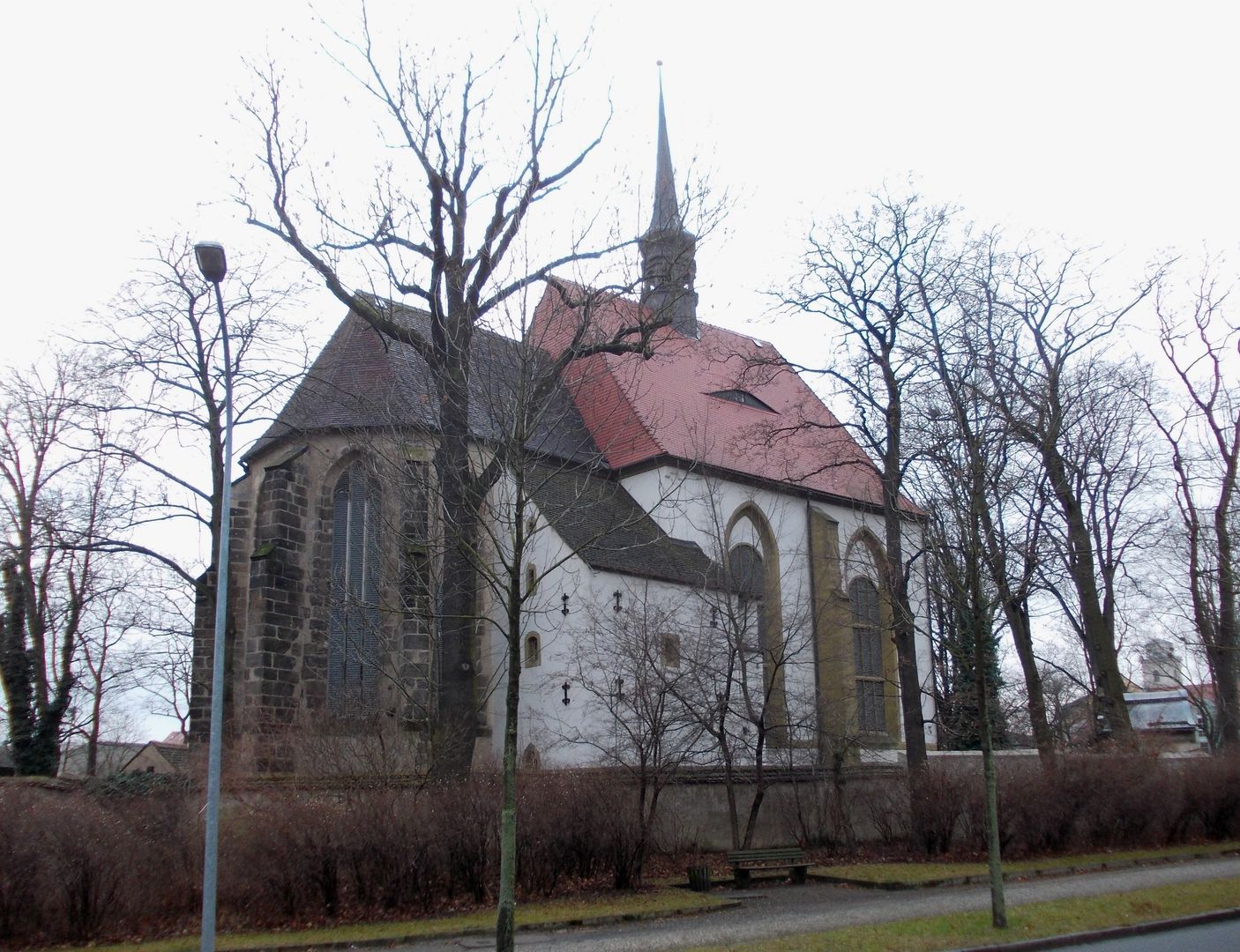Church of the Holy Cross in Zittau
6.65

Overview
The Church of the Holy Cross in Zittau, built around 1400, is an example of Gothic architecture, characterized by its square layout measuring 16x16 meters and a palm vault supported by a single 12-meter-high pillar. During the Thirty Years' War, the building served as a defensive bastion but was completely burned down on December 19, 1643. Reconstruction was completed in 1651 thanks to funding from local families and mayors, and the church was consecrated on December 2, 1654. For the next 300 years, it served as a burial site, and its interior is adorned with numerous epitaphs of Zittau families, considered some of the most beautiful examples of Saxon calligraphic art. Carved pews from 1654 have also been preserved. In 1712, the choir vault was opened, but due to structural defects, it was replaced in 1793 with the existing plaster ceiling. The church underwent minor repairs in 1805 and was repainted in 1842, with no significant structural changes made since then. The contrast between its Gothic walls and Baroque furnishings gives it a unique charm. After secularization in 1972, the building became a gathering place for vandals until restoration work began in 1986. In 1990, the city of Zittau acquired the church for a symbolic sum, and since 1995, it has served as the exhibition site for the Great Lenten Veil. Interestingly, the interior of the church is decorated not only with epitaphs but also with elements that reflect its centuries-long history and the diverse functions it has served over the years.
Location
Country
2025 Wizytor | All Rights Reserved